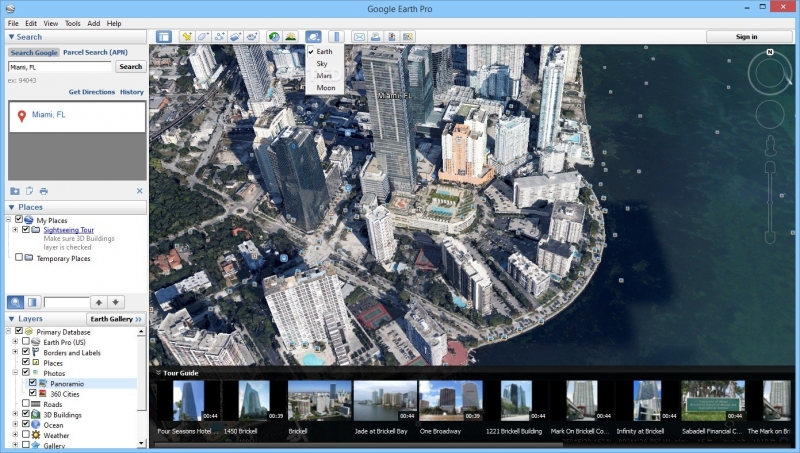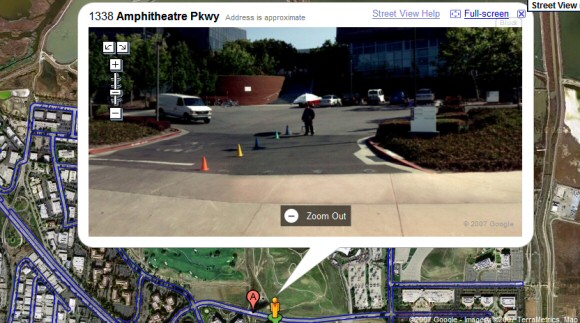
We test the method over part of Laos and Thailand during April 2016 and found average uncertainty reduction of 4.5days, improving 15% of MCD64A1 pixels. We incorporate built-in quality control using MCD64A1 to reduce erroneous pixel updating. We incorporate cloud-penetrating, C-band SAR-with the MODIS MCD64A1 BAP in Southeast Asia, to exploit the strengths of each dataset to better estimate the burn date and reduce the potential burn date uncertainty range. Multiple days between cloud free pre- and post-burn MODIS observations results in burn date uncertainty. Persistent cloud cover and aerosols temporarily obstruct multispectral satellite observations of burned area, including the MODIS MCD64A1 Burned Area Product (BAP). However, in many regions, such as Southeast Asia, Wildland fires result in a unique signal detectable by multispectral remote sensing and

Additionally, maps from OpenStreetMap were also used for identifying special landmarks or as an additional resource since they occasion- ally present more updated information on surface features than Google Earth or Google Street View (OpenStreetMap contributors. Satellite images were dated 3 March 2016, while ground level (Street View) images were dated Septem- ber 2015 (Google Earth Pro, 2015. 3), were used to verify building types (residen- tial/commercial). Detailed images over the ground, taken by Google Street View (examples are shown in Fig. Due to the size of each cell, the detail of each ground feature can be clearly seen. The im- age of the surface feature is compared to a reference area of known land cover.

The classification pro- cess is similar to methods of supervised classification of land cover, as utilized by current local training activities on emission inventories such as the Clean Air for Smaller Cities (CASC) project (Yuberk and Cornet, 2013). For each cell, the type of manmade activity was interpreted from satellite images taken from Google Earth software. investigation area was divided with 24 × 40 grid cells (100 × 100 m or 1 ha/0.01 km 2 each).


 0 kommentar(er)
0 kommentar(er)
